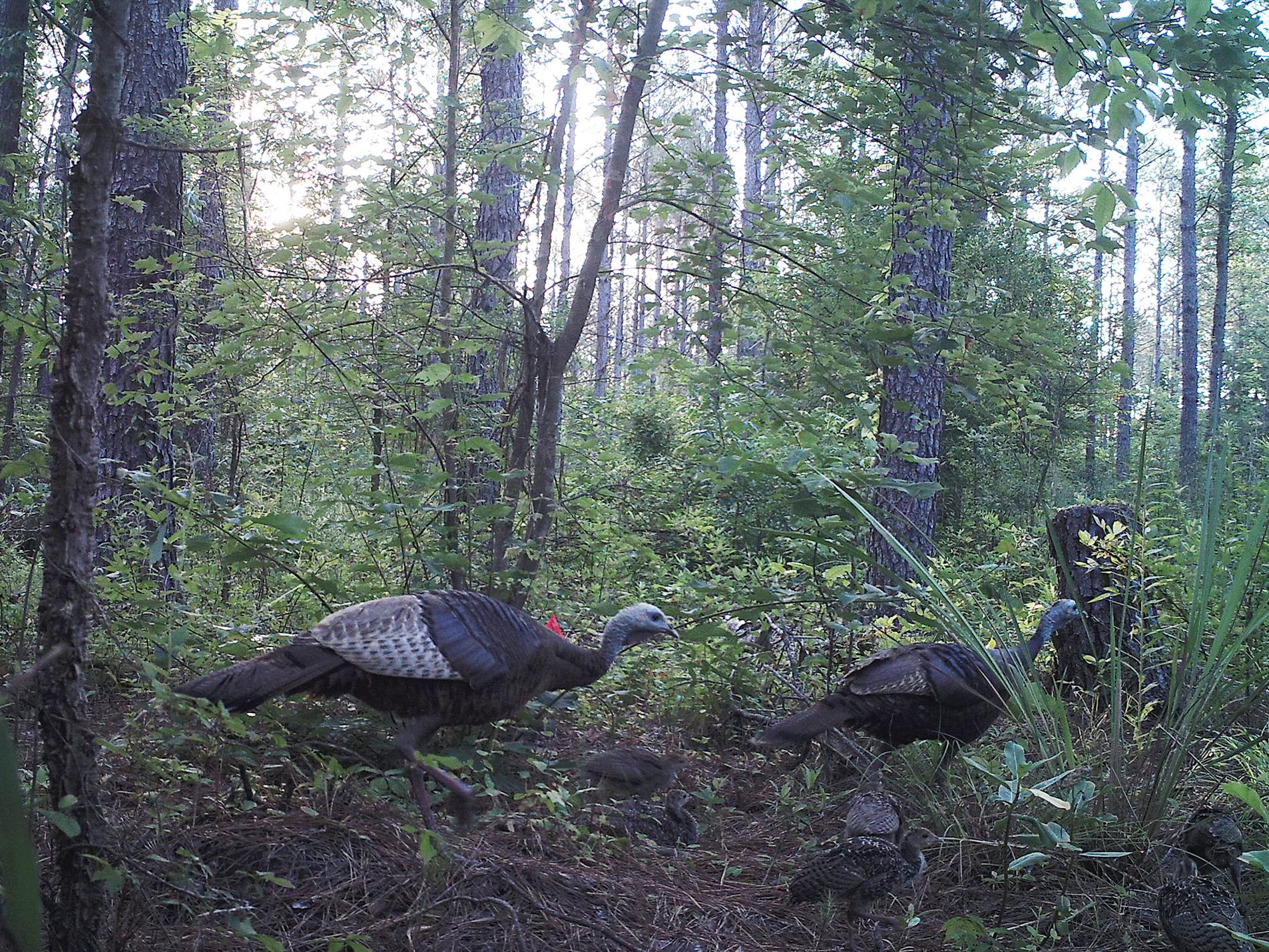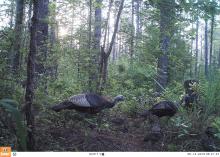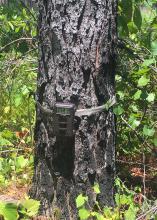Information Possibly Outdated
The information presented on this page was originally released on August 26, 2016. It may not be outdated, but please search our site for more current information. If you plan to quote or reference this information in a publication, please check with the Extension specialist or author before proceeding.
What you need to know about game cameras
STARKVILLE, Miss. -- Hunters love new gadgets that are supposed to help them find and harvest more game, but most of this gear falls short of delivering on its promise.
Game cameras, also known as trail cameras, are among the advancements in technology that can improve hunting and management. The game camera is a versatile piece of equipment that can be used for important management tasks like surveying deer population characteristics or just helping around the house by keeping an eye on your garden.
Game cameras come in a wide range of styles and capabilities, so study the different functions to ensure you’re getting what you need.
One of the first decisions to make when selecting a game camera is infrared versus flash. In other words, do nighttime pictures need to be in color, or will black and white do? Infrared cameras emit a faint red glow when activated, while flash cameras emit a bright light. If you want a game camera to simply show what’s out there, the infrared will do just fine. However, if you want to use your camera for data collection -- such as identifying individual bucks -- a flash camera is capable of greater detail. Do keep in mind, flash cameras are much more conspicuous, possibly leading to theft if they are left in unsecured locations.
Another function that is available on many game cameras is time lapse. This function allows you to set the camera to automatically take pictures at any interval of time you choose. For example, I currently have cameras on food plots taking pictures every hour between 7 a.m. and 5 p.m. These photos allow me to practically watch my food plots grow daily. Time lapse will not interfere with normal camera function, so the camera will take a picture if an animal triggers it, regardless of the timer.
While most game cameras simply store pictures on the devices themselves or on removable storage cards, some models have cellular capabilities. Cellular game cameras can send pictures and videos directly to your cell phone or email. This feature makes your life much easier by eliminating the need to go collect pictures, which can disturb your site or require traveling long distances. It also allows you to make spur of the moment hunting decisions when you to see what’s happened in the recent past.
However, cellular game cameras have their drawbacks, as well. They are often expensive, require monthly fees and need an area with good cell service to operate properly.
Study the basic functions found on game cameras. Most cameras have the ability to take video, pictures or both. Picture quality can usually be manipulated by setting the number of megapixels in each shot -- the higher, the better quality. Video can be manipulated in much the same way by adjusting the resolution.
The interval or delay between pictures or videos is also important. Intervals can be set at seconds or minutes on most cameras. For example, if a deer is feeding in front of your camera and your delay is set for three minutes, the camera will not take another picture until the three-minute interval has passed, even if the deer is still standing there feeding. This function helps preserve the camera’s memory and power.
Game cameras are valuable tools and can be a lot of fun. I run game cameras on a daily basis for work and personal use. From monitoring forage selection by deer in my food plots to trying to identify the varmint digging up my tomatoes, I thoroughly enjoy going through the pictures.
For more information on conducting camera surveys, see MSU Extension Publication 2788, Conducting Camera Surveys to Estimate Population Characteristics of White-Tailed Deer.

Editor’s Note: Extension Outdoors is a column authored by several different experts in the Mississippi State University Extension Service.










